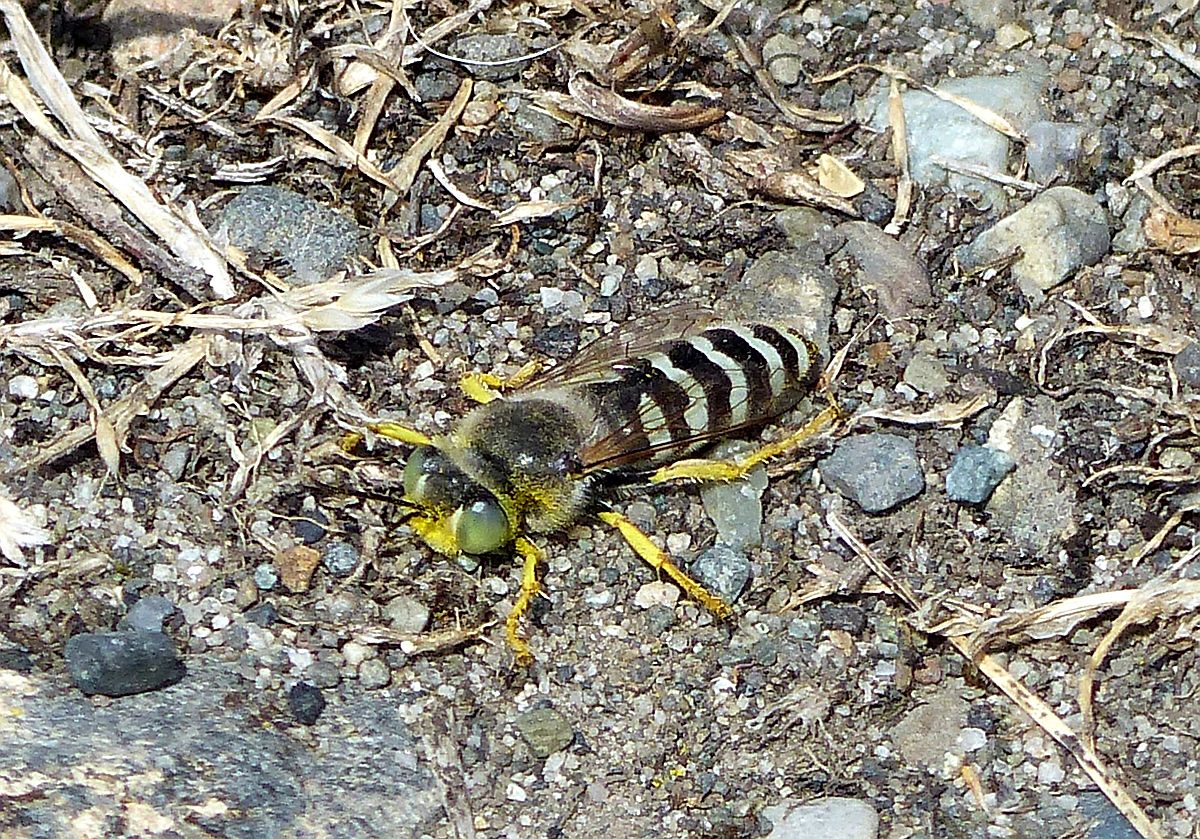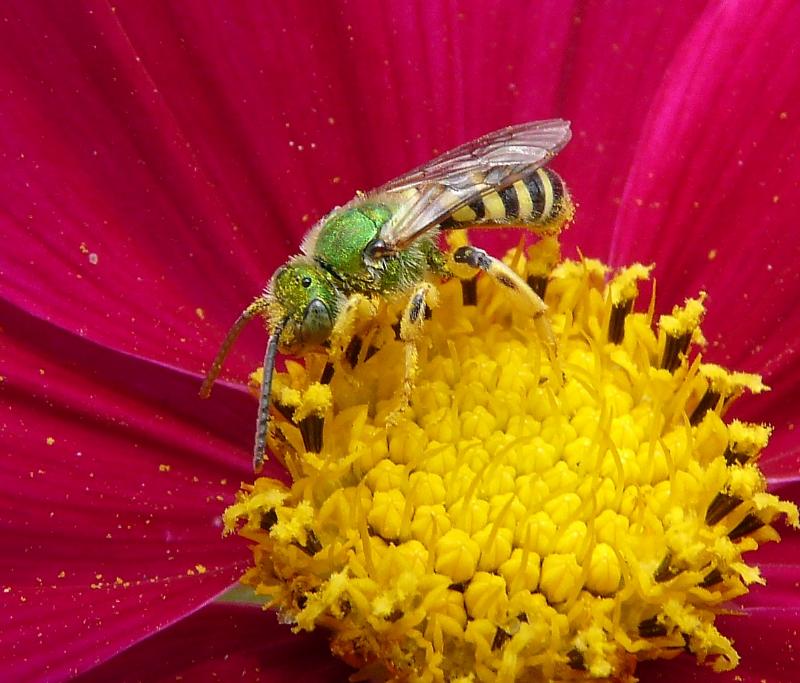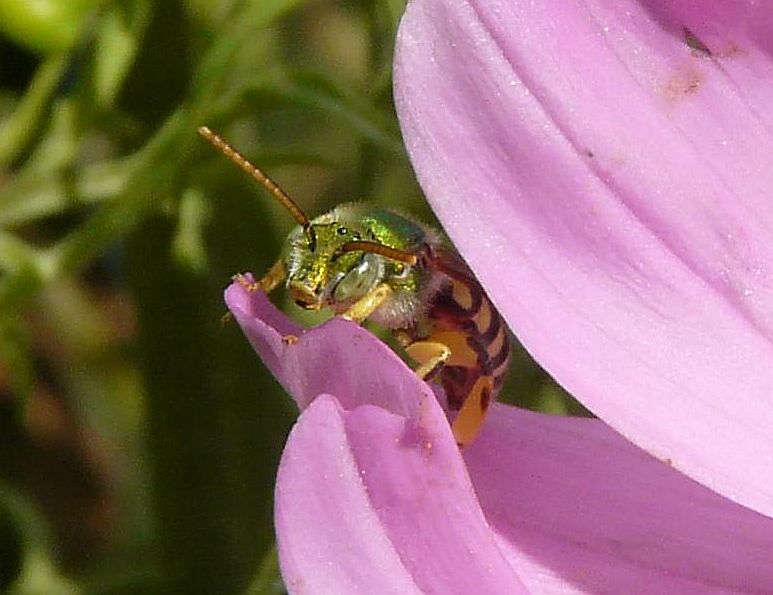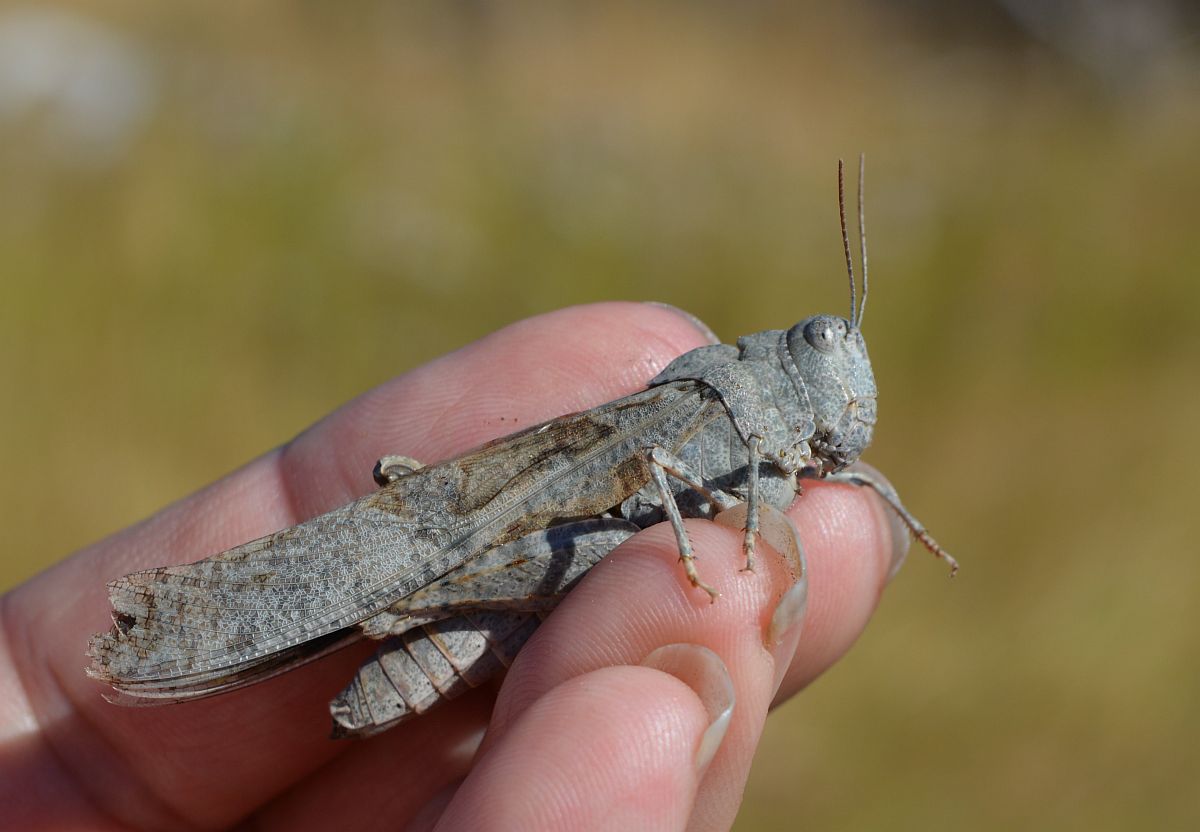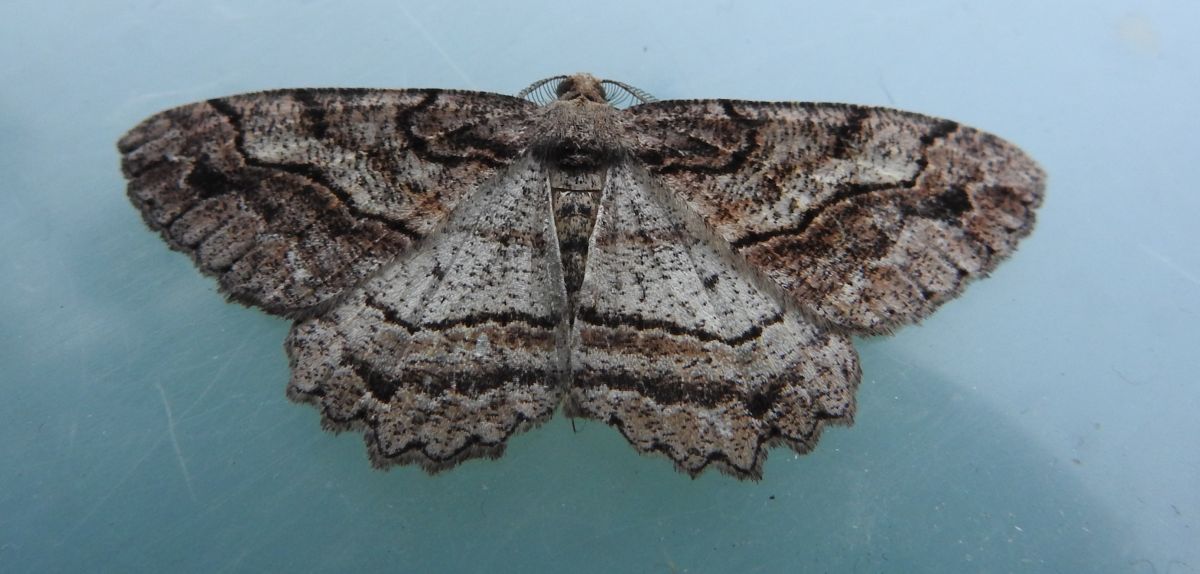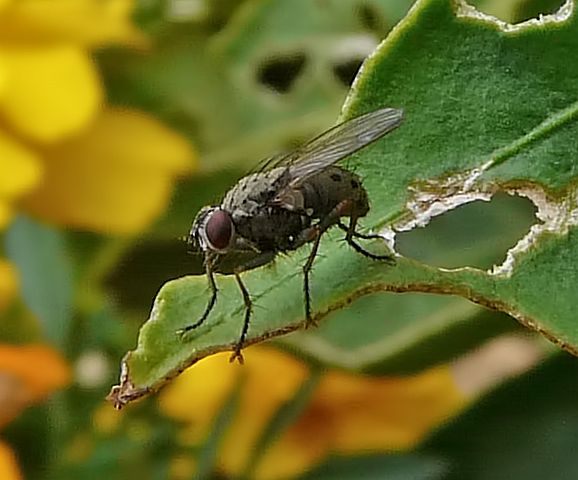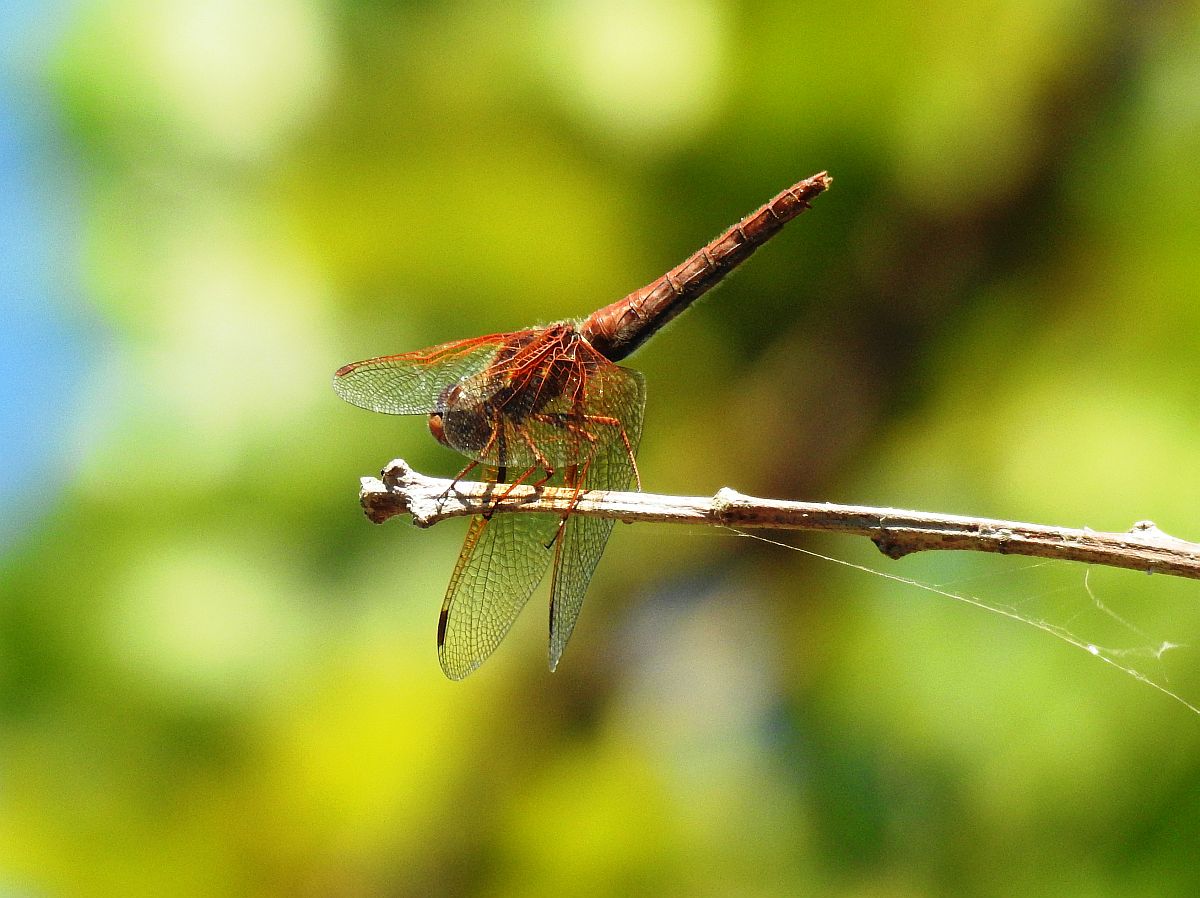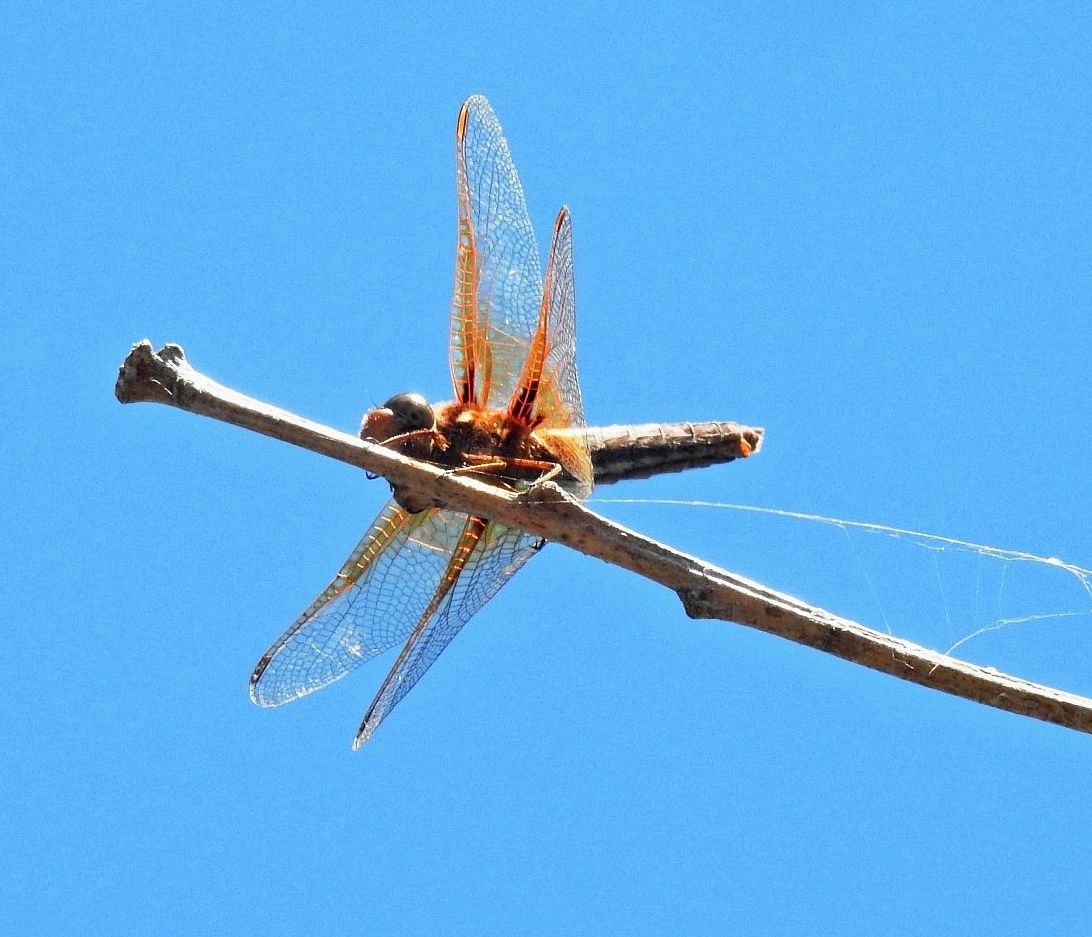2016 August 28
Jeremy Tatum writes: Back from holiday in England. Sorry for the hiatus in Invert Alert, but we are ready to get going again. On my first full day in Sussex, England, August 11, I saw 12 species of butterfly. This made me feel guilty, because I had arranged a day out on August 13 with David Harris, Sussex butterfly enthusiast, and I was afraid that I had seen so many species that there wouldn’t have been any left for David to show me. How wrong I was! On August 13 he showed me an additional 14 species – so that was 26 species in two days! Thank you, David Harris, for setting aside a whole day to go out a-butterflying with me!
Now back to Vancouver Island. Just before I left, I inadvertently missed out an observation from Gordon Hart of a Grey Hairstreak in his Highlands garden, August 6.
On August 8 we posted photographs from Annie Pang of a brilliantly coloured halictid bee, Agapostemon texanus. Annie’s photo was of a male, with a banded abdomen. Aziza Cooper managed to get a quickie photo, at Swan Lake on August 8, of a very active female – whose abdomen is the same brilliant green as the head and thorax.
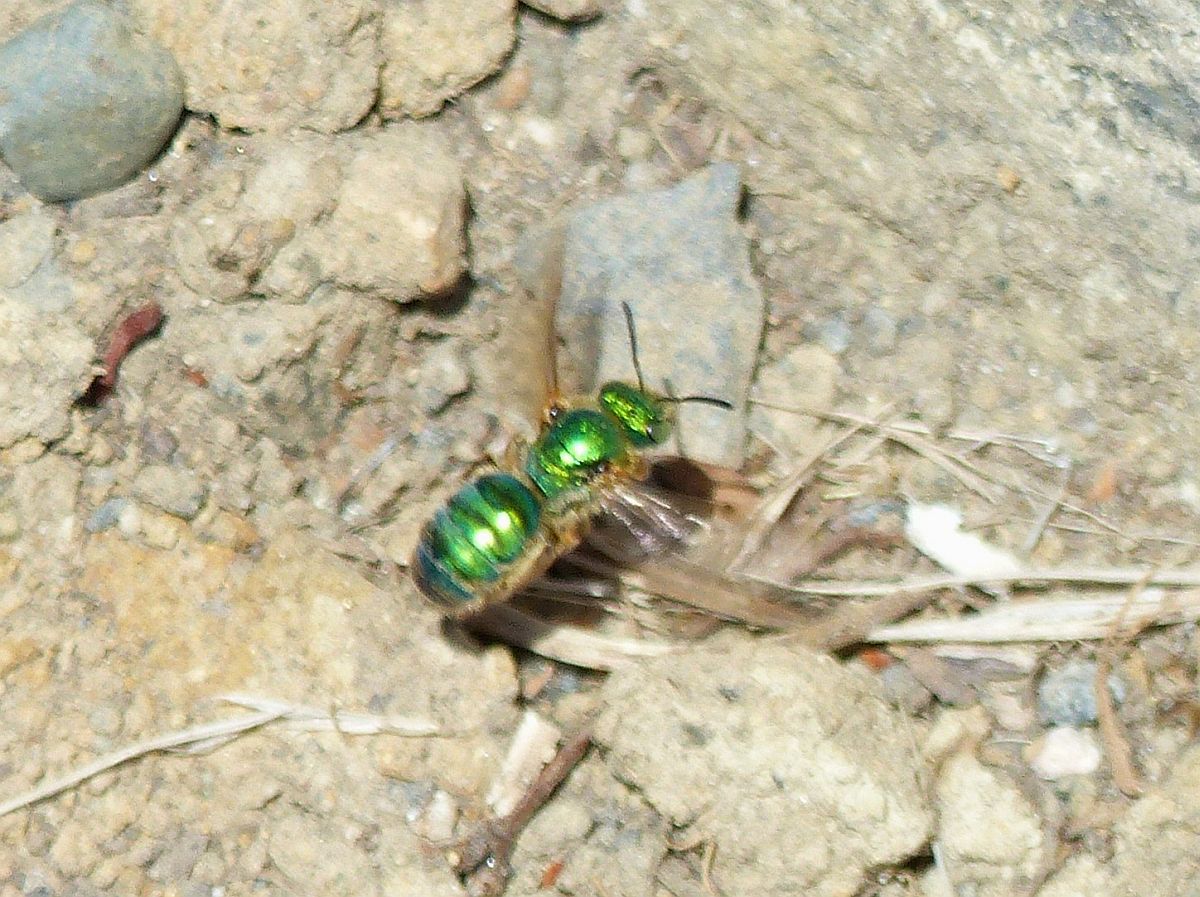
 Female Agapostemon texanus (Hym.: Halictidae)
Female Agapostemon texanus (Hym.: Halictidae)Aziza Cooper
Aziza also sends a photo of a caterpillar of the Spotted Tiger Moth from the railing of the wooden boardwalk at Swan Lake, August 22.
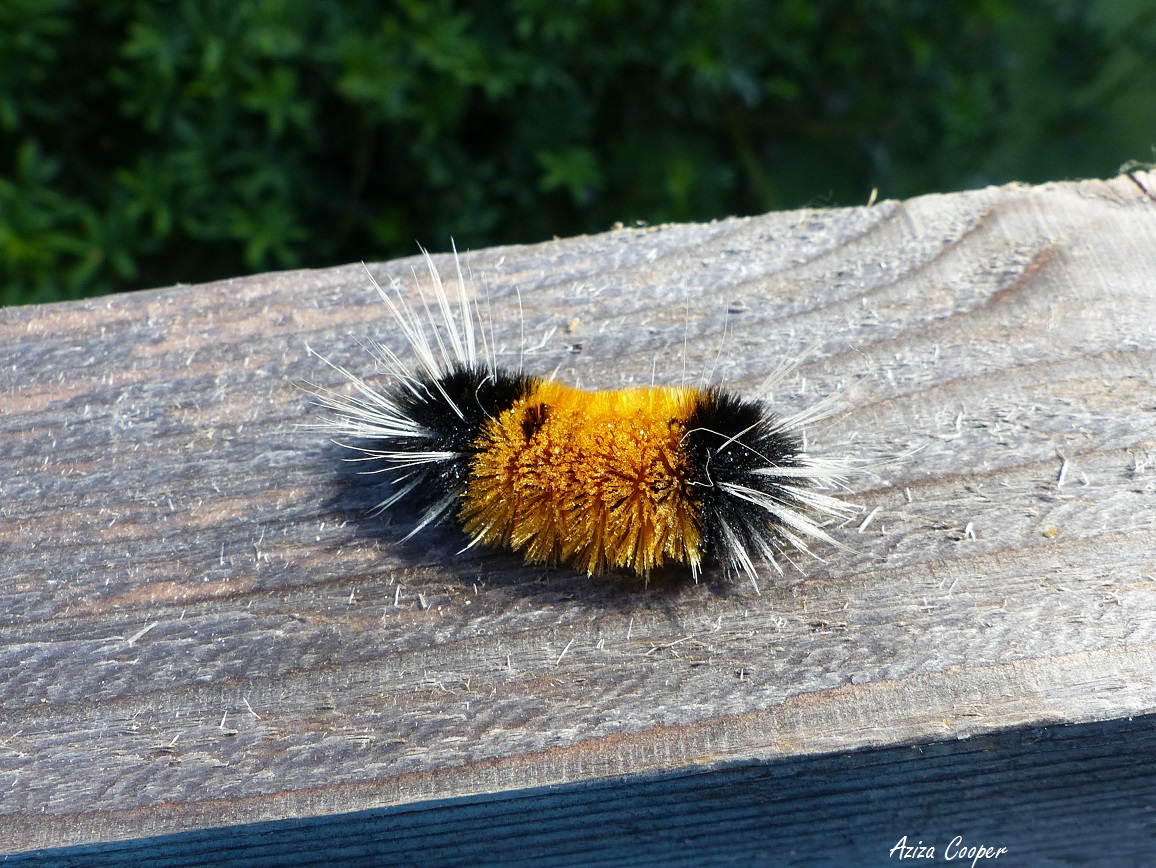
Spotted Tiger Moth Lophocampa maculata (Lep.: Erebidae- Arctiinae) Aziza Cooper
Liam Singh sends a photograph of a caterpillar of Cerisy’s Eyed Hawk Moth from Pedder Bay, August 22.
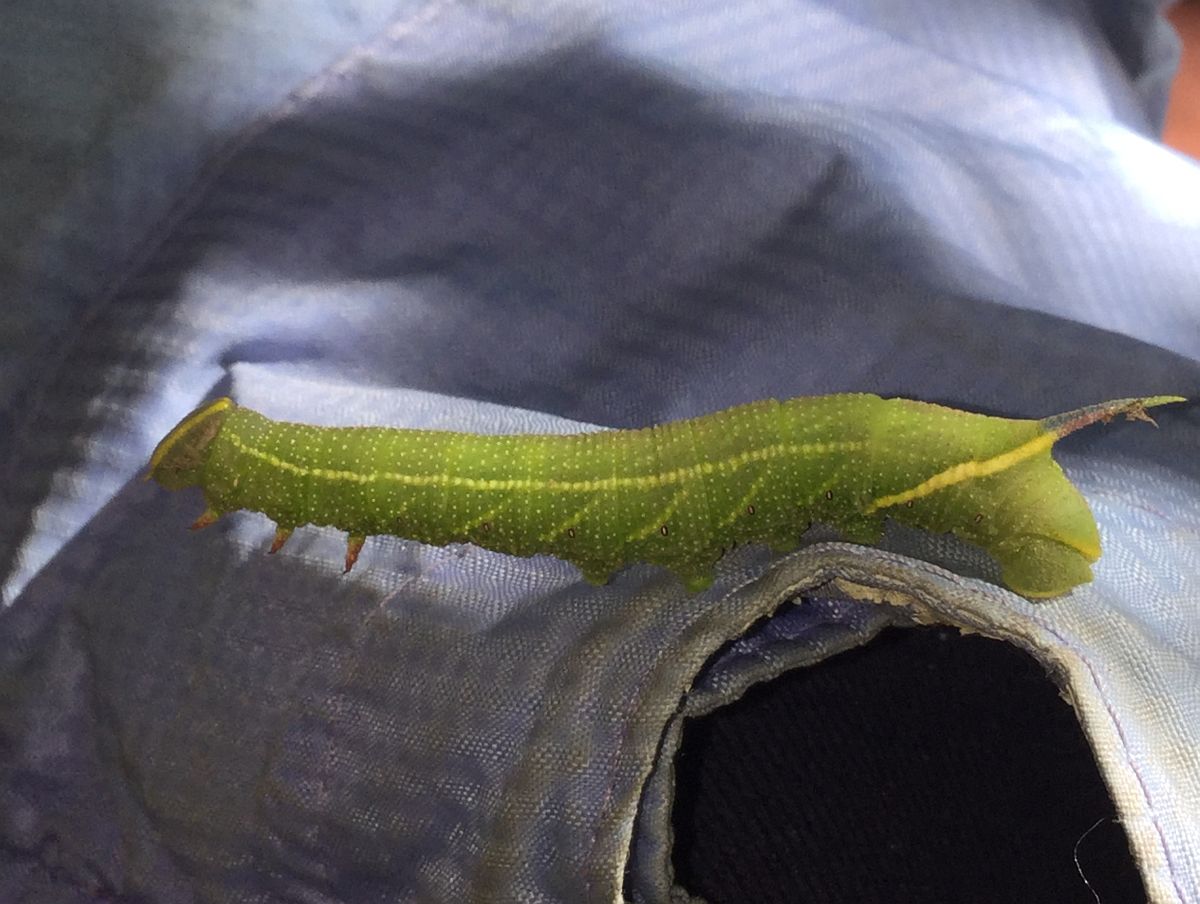
 Cerisy’s Eyed Hawk Moth Smerinthus cerisyi (Lep.: Sphingidae) Liam Singh
Cerisy’s Eyed Hawk Moth Smerinthus cerisyi (Lep.: Sphingidae) Liam Singh
Helen Johnson sends a picture of the spectacular Banded Alder Borer from Willows Beach. Thanks to Scott Gilmore for the identification.
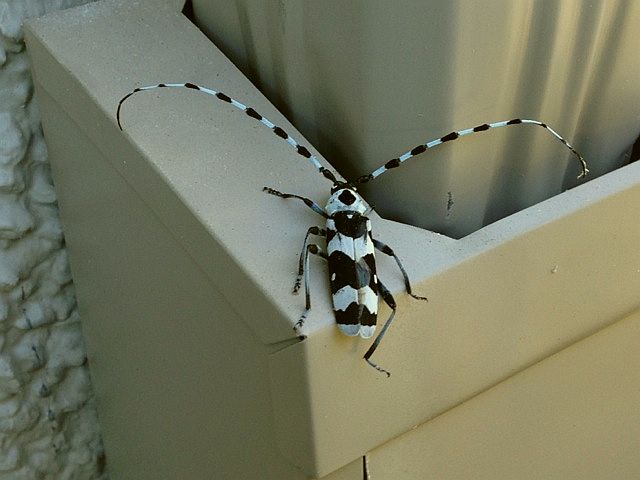
 Banded Alder Borer Rosalia funebris (Col.: Cerambycidae) Helen Johnson
Banded Alder Borer Rosalia funebris (Col.: Cerambycidae) Helen Johnson
Jody Wells sends pictures of Woodland Skippers from Brentwood Bay
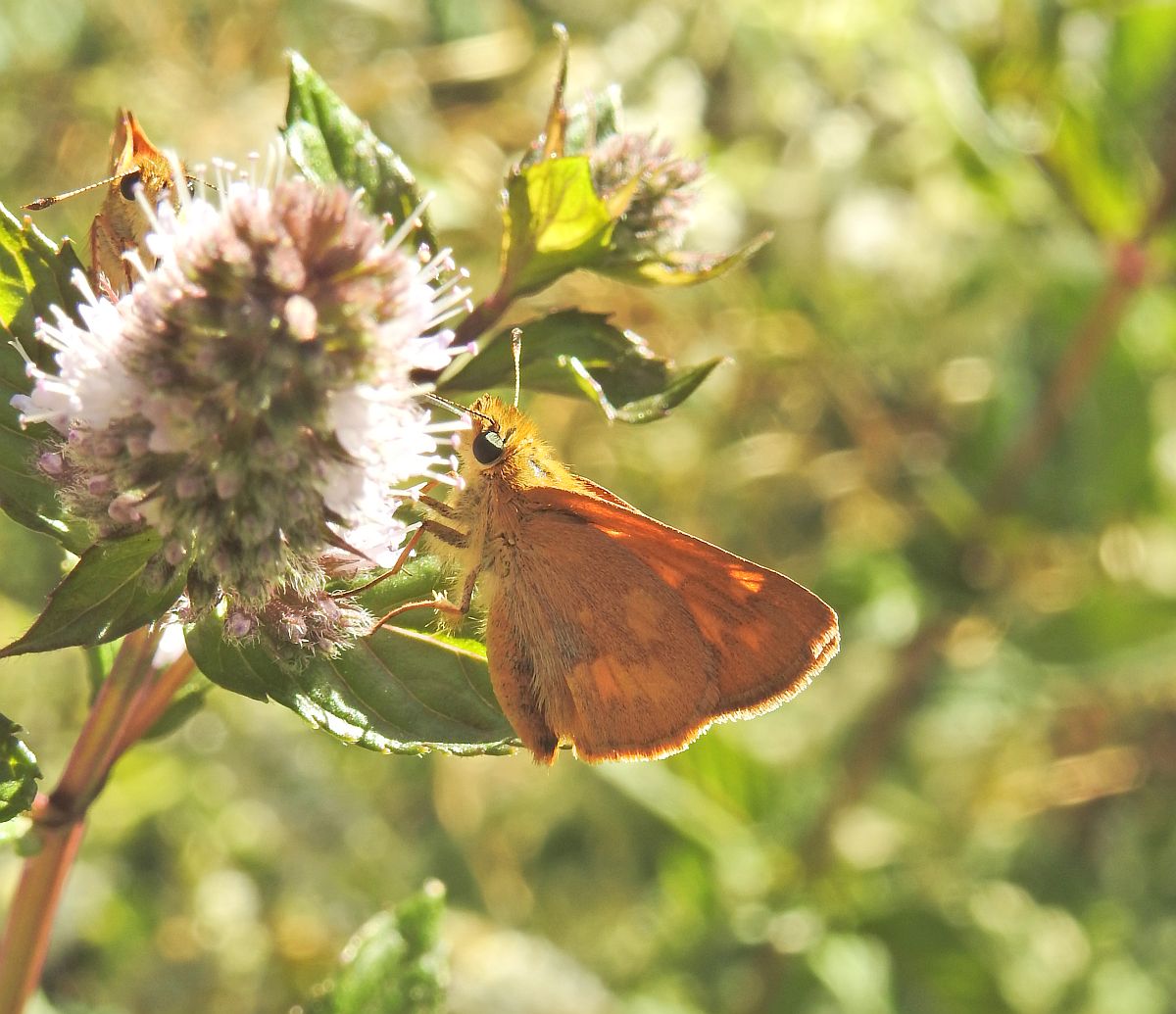
 Woodland Skipper Ochlodes sylvanoides (Lep.: Hesperiidae) Jody Wells
Woodland Skipper Ochlodes sylvanoides (Lep.: Hesperiidae) Jody Wells
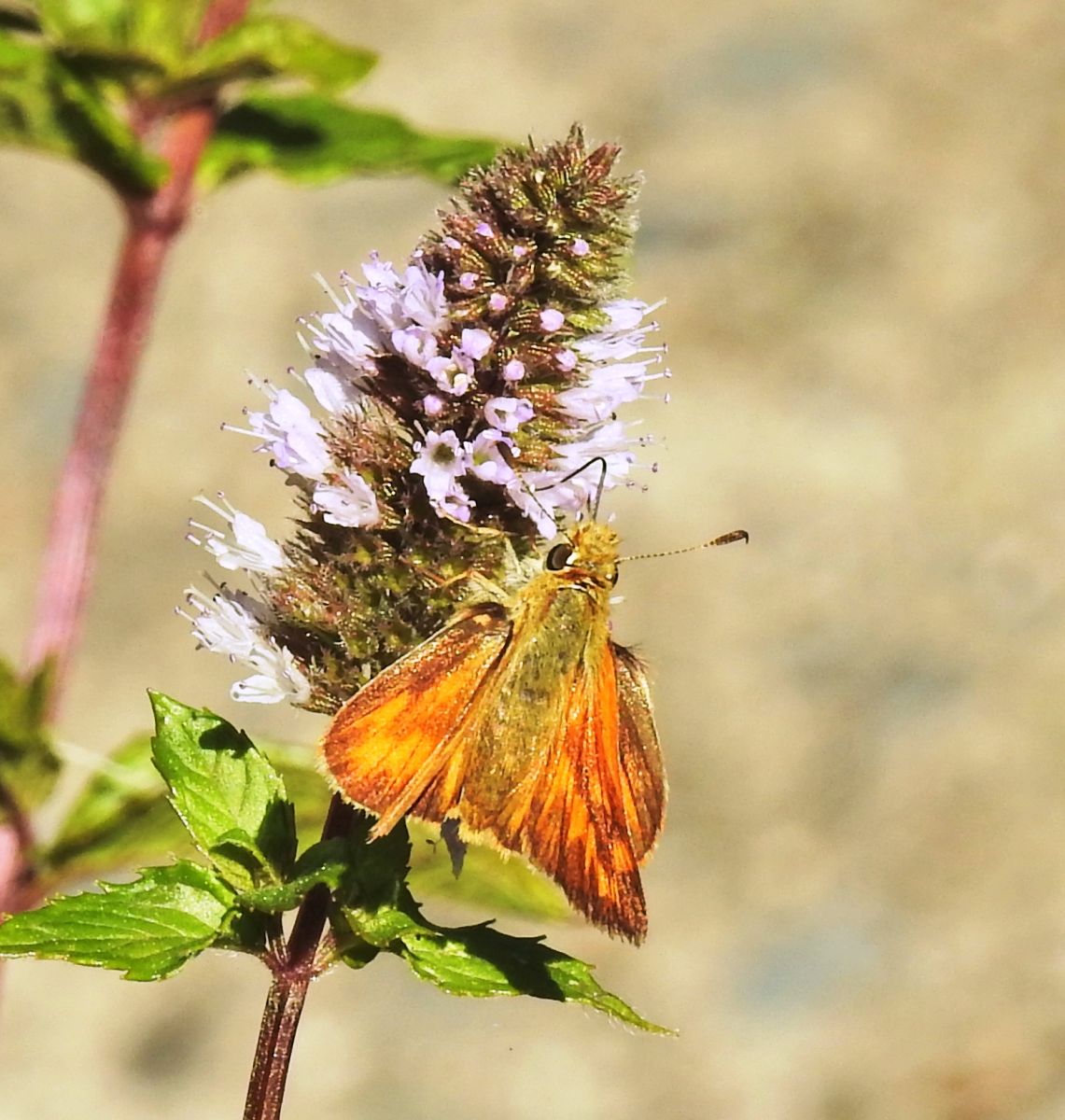
Woodland Skipper Ochlodes sylvanoides (Lep.: Hesperiidae) Jody Wells
He also sends photographs of Large Heath (“Ringlet”) from Cordova Spit.
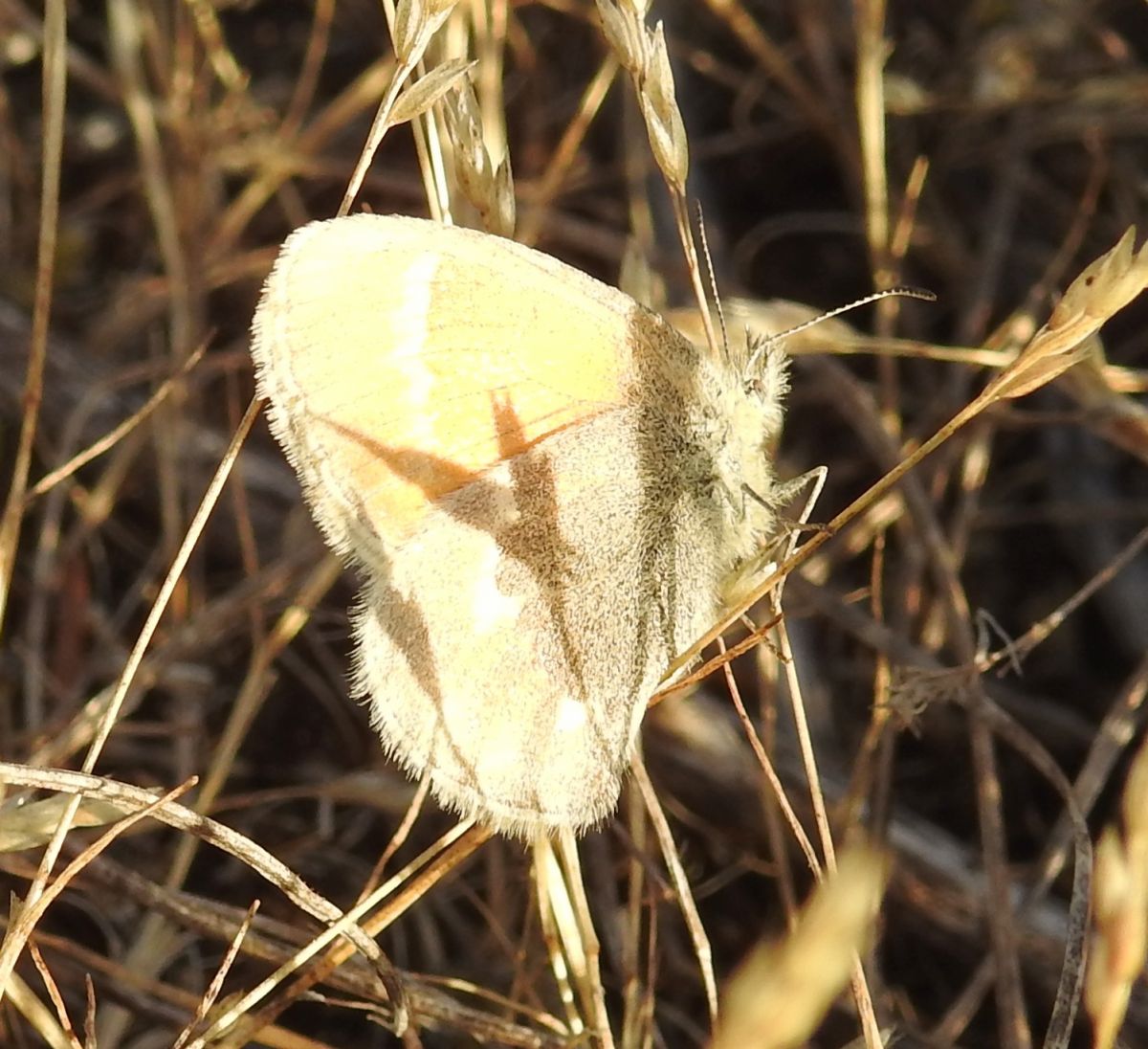
Large Heath Coenonympha tullia
(Lep.: Nymphalidae – Satyridae)
Jody Wells
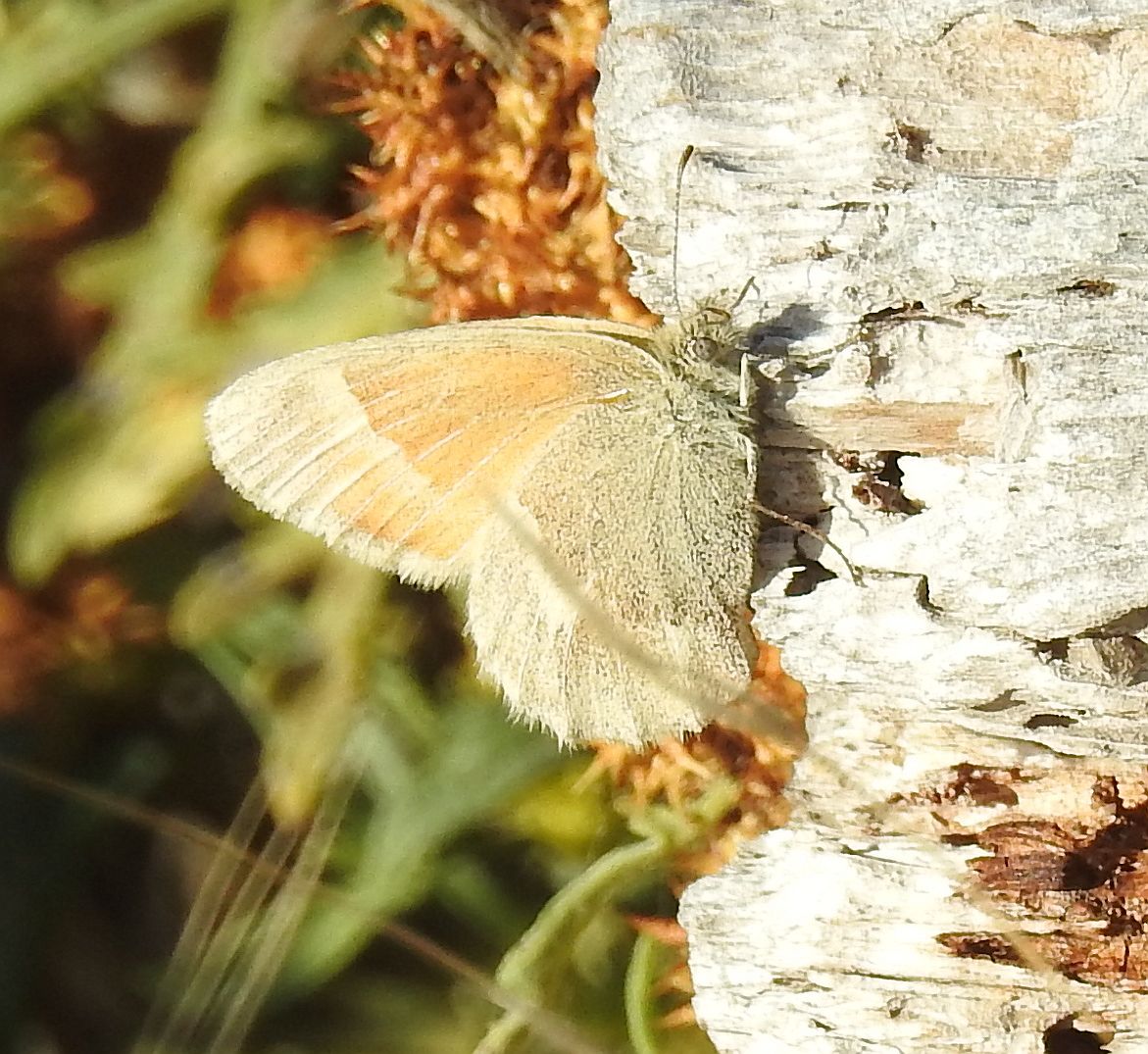
 Large Heath Coenonympha tullia (Lep.: Nymphalidae – Satyridae)
Large Heath Coenonympha tullia (Lep.: Nymphalidae – Satyridae)
Aziza Cooper reports a Red Admiral and a Woodland Skipper from the tip of Sidney Island Spit, August 27.
We also have photos of grasshoppers and bush crickets waiting in the Invert Alert Inbox – but they will have to wait for another day, while we try to get them identified.

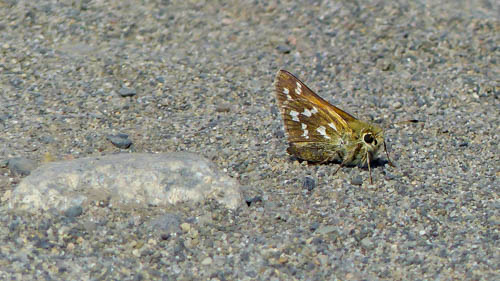
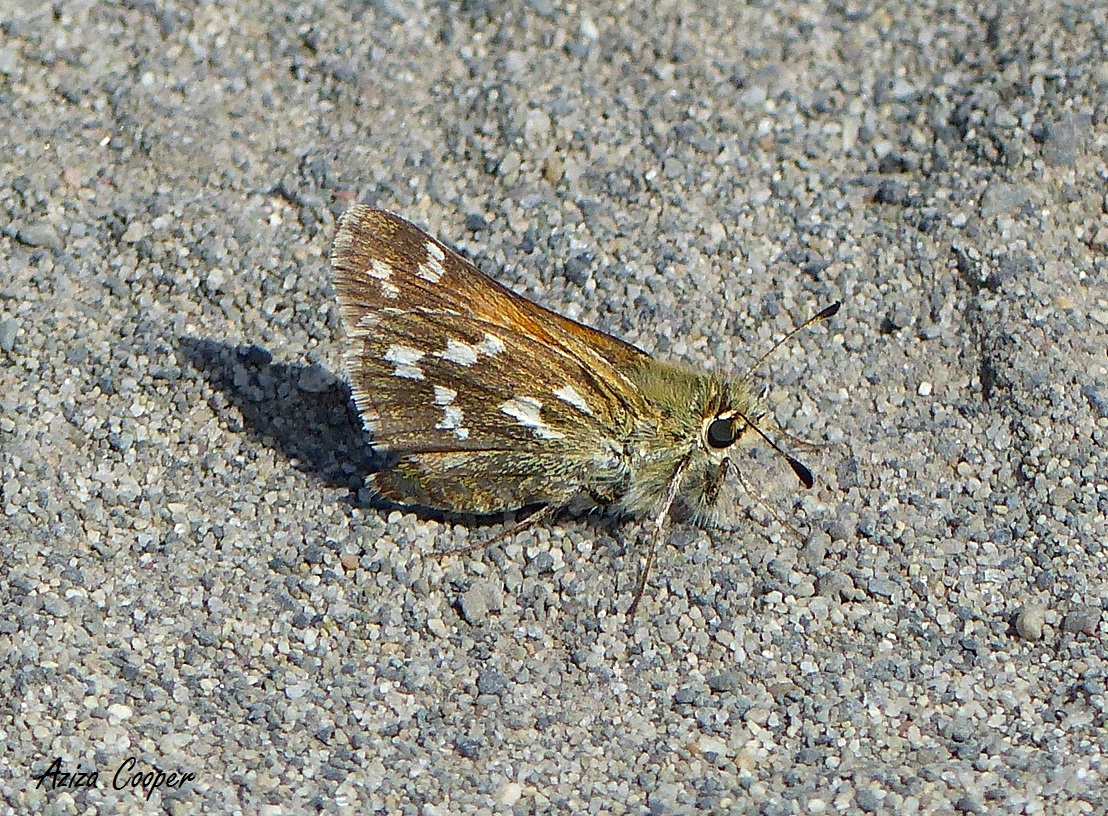
 Western Branded Skipper Hesperia colorado (Lep.: Hesperiidae) Aziza Cooper
Western Branded Skipper Hesperia colorado (Lep.: Hesperiidae) Aziza Cooper